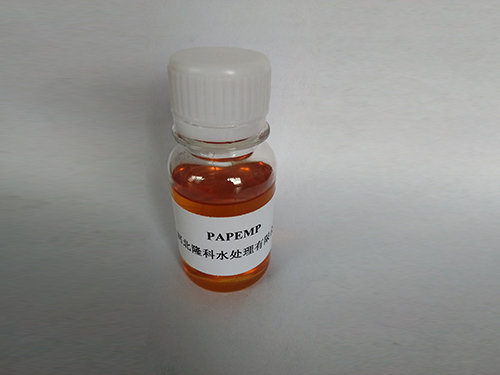diethylene triamine penta methylene phosphonic acid
The Significance of Diethylene Triamine Penta(Methylene Phosphonic Acid)
Diethylene Triamine Penta(Methylene Phosphonic Acid), commonly referred to as DTPMPA, is a versatile chemical compound with a range of applications in various industries. Recognized for its unique chemical structure and properties, DTPMPA has become an essential additive in water treatment, detergents, and the industrial sector. This article explores the significance of DTPMPA, its properties, applications, and the environmental considerations associated with its use.
Chemical Structure and Properties
DTPMPA is a phosphonic acid derivative characterized by its five methylene phosphonic acid groups attached to a diethylene triamine backbone. This complex structure provides the compound with chelating properties, allowing it to bind to metal ions effectively. The ability to trap various metal ions makes DTPMPA particularly useful in environments where metal contamination can be problematic.
DTPMPA is soluble in water and exhibits excellent stability across a range of pH levels. Its alkaline stability makes it suitable for use in various applications, including those involving higher temperatures and aggressive chemical environments. Moreover, DTPMPA exhibits low toxicity, making it a safer alternative to other phosphonates in industrial processes.
Applications in Water Treatment
One of the primary applications of DTPMPA lies in water treatment. In industrial processes, water often contains high levels of hardness due to the presence of metal ions like calcium and magnesium. The presence of these ions can lead to scaling, fouling, and reduced efficiency of equipment. DTPMPA serves as an effective scale inhibitor, preventing the precipitation of hard salts and ensuring the smooth operation of systems such as cooling towers, boilers, and heat exchangers. By chelating metal ions, DTPMPA minimizes the formation of deposits, thereby extending the equipment's lifespan and improving energy efficiency.
Role in Detergents and Cleaning Agents
diethylene triamine penta methylene phosphonic acid

Another significant application of DTPMPA is in detergents and cleaning agents. The compound enhances the performance of these products by softening water and improving their ability to suspend dirt and prevent redeposition. As a builder, DTPMPA allows detergents to work more effectively, particularly in hard water conditions, where other surfactants may struggle. This results in cleaner, brighter laundry and more effective household and industrial cleaning solutions.
Industrial Uses
In addition to water treatment and domestic cleaning products, DTPMPA finds applications in various industrial processes. It is utilized in the formulation of paint and coatings, serving as a corrosion inhibitor that enhances the longevity and performance of the coating products. Furthermore, in the plastics industry, DTPMPA can be used as a stabilizer, ensuring that plastic materials maintain their integrity and performance over time.
Environmental Considerations
Despite its numerous benefits, the use of DTPMPA raises some environmental considerations. As a derivative of phosphonic acid, there are potential concerns regarding its persistence in the environment and effects on aquatic ecosystems. It is essential for industries using DTPMPA to implement proper waste management practices and seek alternatives or improvements to minimize any negative environmental impact.
With increasing awareness of sustainability, industries are challenged to adopt greener practices, and the biosafety of chemical additives like DTPMPA is under scrutiny. Research continues into biocompatible alternatives that provide similar benefits without adverse environmental effects, demonstrating a shift toward sustainable chemistry.
Conclusion
Diethylene Triamine Penta(Methylene Phosphonic Acid) is a highly functional compound with widespread applications in water treatment, detergents, and industrial processes. Its chelating properties and ability to inhibit scale formation make it invaluable in maintaining operational efficiency across various sectors. However, as industries navigate the path towards greater environmental responsibility, careful consideration of the impacts of DTPMPA and similar compounds is vital. By balancing utility and sustainability, DTPMPA stands out as a prominent player in the realm of chemical additives.
-
Water Treatment with Flocculant Water TreatmentNewsJun.12,2025
-
Polymaleic AnhydrideNewsJun.12,2025
-
Polyaspartic AcidNewsJun.12,2025
-
Enhance Industrial Processes with IsothiazolinonesNewsJun.12,2025
-
Enhance Industrial Processes with PBTCA SolutionsNewsJun.12,2025
-
Dodecyldimethylbenzylammonium Chloride SolutionsNewsJun.12,2025





